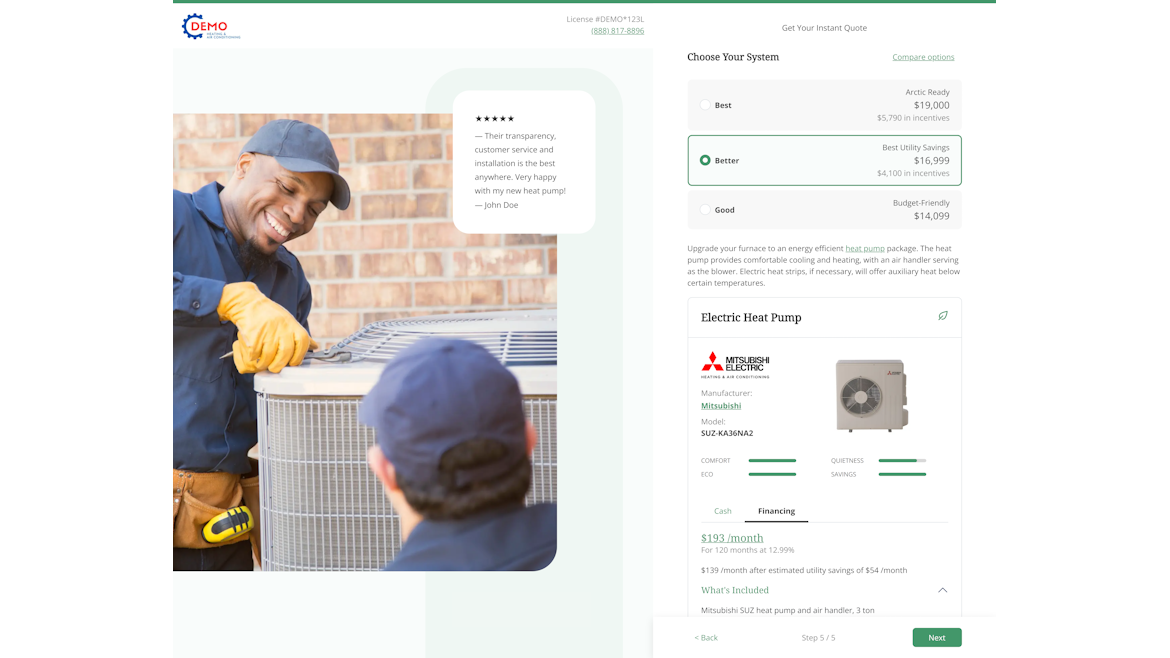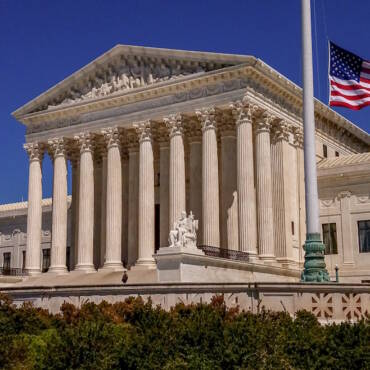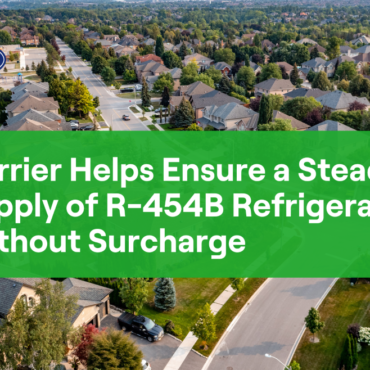For more than a century, air conditioning (A/C) has been more than a luxury—it’s been a catalyst for change, shaping how and where we live.
Beginning with Willis Carrier’s invention in 1902, air conditioning has allowed us to thrive in some of the hottest climates on Earth. It’s not just about comfort; it’s about survival, economic growth, and technological innovation that continues to evolve.
Air Conditioning: A Catalyst For Migration And Growth
The advent of air conditioning dramatically shifted population patterns in the United States.
For example, in 1940, Florida’s population was approximately 1.9 million, slightly less than Arkansas’s 1.95 million residents. Today, Florida boasts more than 22 million residents, highlighting a population boom that coincided with the widespread adoption of A/C. Cities like Dallas and Houston also transformed into economic powerhouses in the latter half of the 20th century, thanks in large part to the comfort provided by air conditioning.
A/C didn’t just cool homes; it facilitated economic growth and altered the demographic landscape of the nation.
A Lifesaver In The Face Of Rising Temperatures
Air conditioning saves lives—literally. According to a 2021 study published in The Lancet Planetary Health, access to air conditioning averted nearly 200,000 deaths worldwide among people aged 65 and older in 2019. To put that into perspective, that’s almost the population of Des Moines, Iowa.
As global temperatures rise due to climate change, the role of A/C becomes even more critical in preventing heat-related illnesses and deaths. Heatwaves are becoming more frequent and severe, placing vulnerable populations at greater risk. Efficient cooling systems are essential for public health, especially in urban areas where the heat island effect exacerbates high temperatures.
Air conditioning is not merely a comfort feature; it’s a vital component of modern infrastructure that safeguards communities.
A Tale Of Two Eras: Air Conditioning Then And Now
However, cooling isn’t just about flipping a switch anymore. Each year brings hotter temperatures and higher utility bills for homeowners.
As of 2020, nearly 90% of U.S. households have air conditioning, accounting for approximately 19% of total household energy consumption. In warmer regions, this percentage is even higher. The challenge lies in balancing the growing need for cooling with the imperative to reduce energy use and emissions.
Let’s explore how air conditioning technology has evolved by examining a typical home in Phoenix, Arizona, a city that’s become emblematic of extreme heat.
In the 1970s, the average high temperature in Phoenix was about 3 degrees Fahrenheit cooler than today. A 2,000-square-foot home equipped with a 6 Seasonal Energy Efficiency Ratio (SEER) A/C unit (which translates to 5.7 SEER2 when adjusted using the M1 crosswalk) would have spent approximately $337 per year on cooling, with electricity prices at $0.02 per kilowatt hour (kWh).
Fast forward to 2023. The same home, enduring hotter temperatures and increased A/C runtimes, would spend about $2,698 per year on cooling if it still used that old 6 SEER unit, given today’s average electricity price of $0.13 per kWh.
But thanks to advancements in HVAC technology, even the current federal minimum of 14.3 SEER2 units has dramatically reduced energy consumption. With a modern minimum standard system, that home’s annual cooling cost drops to about $1,076. That’s a significant difference and highlights how far we’ve come in improving efficiency and reducing costs.
Technological Innovations Driving Change
The significant improvements in A/C efficiency are the result of several technological advancements in the HVAC industry.
• The Inverter Revolution: A major breakthrough is the adoption of inverter technology in HVAC systems. Traditional A/C units operate on an all-or-nothing principle, running at full capacity until the desired temperature is reached and then shutting off. This frequent cycling is energy-intensive and can cause temperature fluctuations.
In contrast, inverter systems adjust the compressor speed to match the cooling demand, maintaining a consistent temperature with less energy. This variable-speed operation can improve energy efficiency by up to 30%, reduce wear and tear on the system, and enhance overall comfort by eliminating temperature swings.
• Enhanced Indoor Air Quality: Modern HVAC systems also prioritize indoor air quality (IAQ). With the rise in airborne pollutants and allergens, advanced filtration systems have become integral in the battle for cleaner air. Features such as HEPA filters, UV-C light systems, and ionizers help remove contaminants, including viruses and bacteria.
Additionally, humidity control has improved. Proper humidity levels not only enhance comfort but also inhibit the growth of mold and mildew. As people spend more time indoors, especially post-pandemic, IAQ has become a critical aspect of health and well-being.
• Superior Building Envelopes: Advancements aren’t limited to HVAC equipment. Building envelopes have seen significant improvements. Modern construction techniques incorporate better insulation materials, high-performance windows, and air-sealing practices that reduce thermal losses.
According to the National Association of Home Builders Research Foundation’s 1977 report, in the early 1960s, only about 50% of homes in the South and West had insulated exterior walls. Today, stringent building codes ensure that new homes are far more energy-efficient, reducing the overall heating and cooling loads.
HVAC Contractors: Leading The Way In Energy Innovation
The landscape for HVAC contractors is transforming dramatically, fueled by rapid technological and policy advancements. Today’s contractors are no longer just installers or technicians; they are becoming key players in promoting energy efficiency and introducing innovative technologies to the market.
With the Inflation Reduction Act providing up to $8,000 in rebates for heat pump installations plus an additional $2,000 tax credit, there’s an unprecedented opportunity for HVAC professionals to lead the market transformation.
These incentives, along with local utility programs, make it financially attractive for consumers to invest in next-generation HVAC solutions. These systems not only offer significant energy and cost savings but also align with global sustainability goals by reducing environmental impacts.
For HVAC professionals, this is a pivotal moment. By staying ahead of these technological and policy advancements, contractors can offer solutions that not only cut energy costs but also address the growing demand for better IAQ and environmentally sustainable practices, all while minimizing the impact on customers’ pocketbooks.
Smart systems that integrate the Internet of Things (IoT), advanced air purification, and real-time energy optimization are becoming mainstream, and contractors who embrace these trends will differentiate themselves in a crowded marketplace.
The role of HVAC contractors has evolved from just providing comfort to becoming the key enablers of energy efficiency and sustainability. Guiding customers through these new technologies, incentives, and leveraging new technologies are essential to driving business growth while shaping a more sustainable future for the industry. In a rapidly changing world, HVAC professionals are the bridge between innovation and real-world impact.
Whether you require installation, repair, or maintenance, our technicians will assist you with top-quality service at any time of the day or night. Take comfort in knowing your indoor air quality is the best it can be with MOE heating & cooling services Ontario's solution for heating, air conditioning, and ventilation that’s cooler than the rest.
Contact us to schedule a visit. Our qualified team of technicians, are always ready to help you and guide you for heating and cooling issues. Weather you want to replace an old furnace or install a brand new air conditioner, we are here to help you. Our main office is at Kitchener but we can service most of Ontario's cities
Source link



